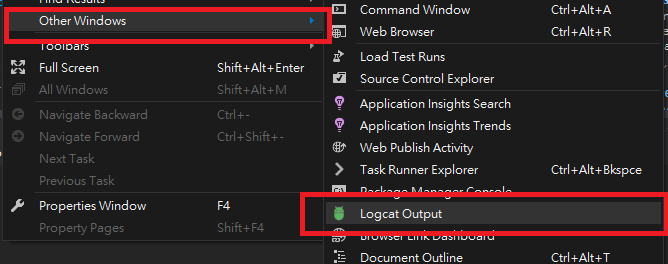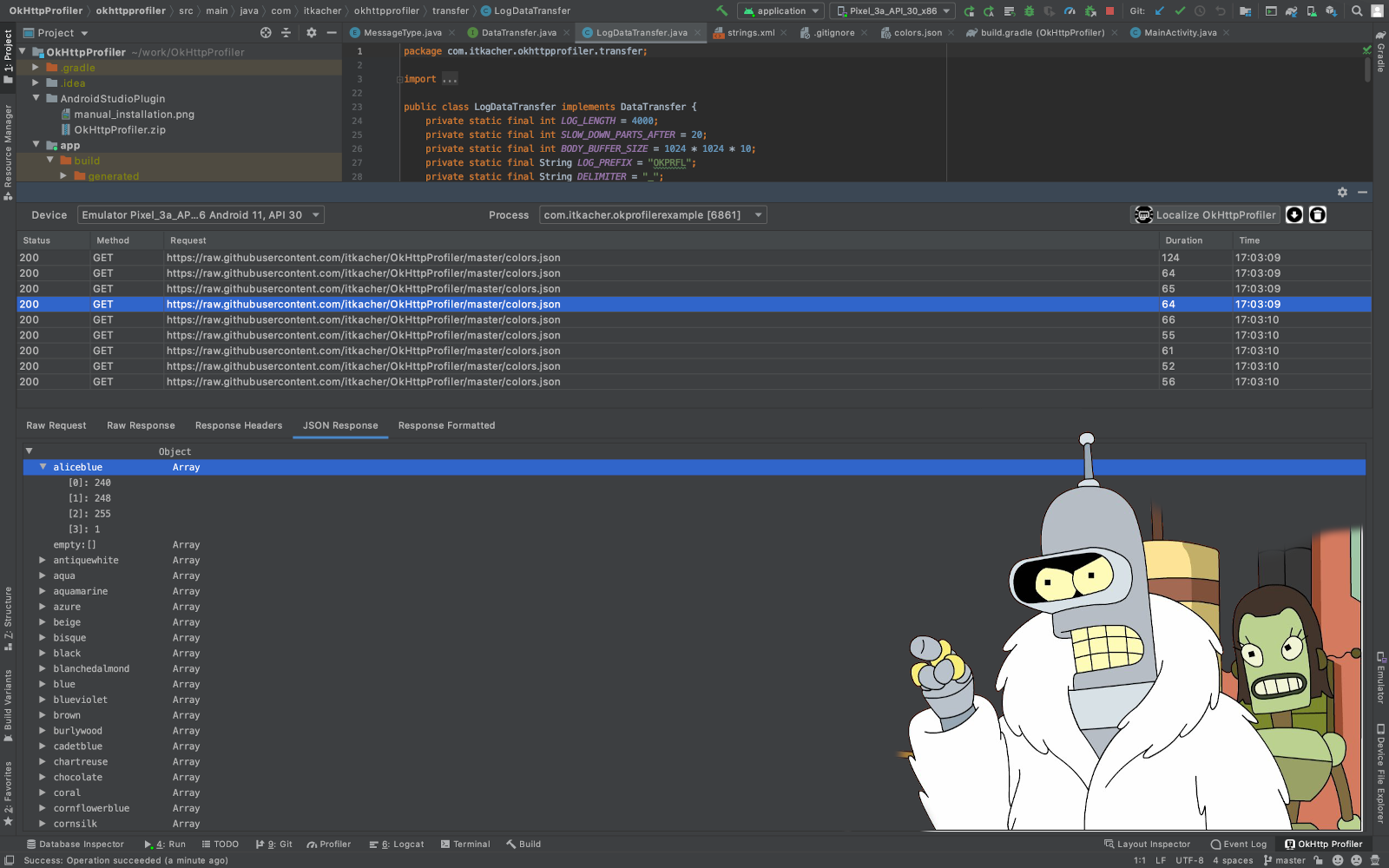


- #Android studio logcat output how to
- #Android studio logcat output apk
- #Android studio logcat output install
- #Android studio logcat output full
- #Android studio logcat output code
Here, we will see how to access and analyze application logs using the logcat command available through the Android Debug Bridge. However useful logging may be during development, it can represent a security risk in the sense that, if not done carefully, an application may leak sensitive information to an attacker with access to the device, through malware or a repackaged application acting on behalf on the attacker.
#Android studio logcat output full
Log.v(): to log everything, full verbosity.įinally there is the Log.wtf() level, which stands for “what a terrible failure” (yeah right!), this level is for when something goes absolutely and terribly wrong,for instance when you get errors you are not supposed to.Log.d(): to log for debugging purposes of minor events.Log.i(): to log useful information about the app behavior.Right-click on filter will bring out conext menu, which you can use to delete or edit filter settings. Make one filter checked, the logs will be filtered. On the left pane is filter list, you can add new filetr. Log.w(): to log warnings, anything strange, but not precisely an error. To launch the logcat output window, use Menu.There are different levels of logging which indicate levels of priority and verbosity, they go from ERROR, WARN, INFO, DEBUG and VERBOSE: Logging gives developers the ability to keep track of application events, errors, debug information and virtually anything that the developer wants to put in there, this is a very useful feature while developing the application, since it provides a way to understand application behavior under specific circumstances, for instance, logging exception details may help you debugging an application is crash, logging request and responses may help you understand server side behavior, logging user input can help in refining input validation, among others. In this case we will be using logcat a command-line tool that dumps a log of system messages, including stack traces from errors and messages written from an application using the Log class. adb logcat -G 32M adb shell setprop VERBOSE adb shell setprop VERBOSE adb shell setprop VERBOSE adb shell setprop VERBOSE adb shell setprop this article we will see what the Android log is, what is it used for, what are the different logging levels and what security concerns may arise from misusing this feature. but for all logcat output not for special. How to catch LogCat output in Android app TAG -> Tag of your application’s log. Such applications have lots of modules and contain n number lines of code. Suppose, we are developing a large application such as a Soical Media application, E-Commerce application, News application etc.
#Android studio logcat output code
Logcat helps developers to debug the code when an application is not running or has crashed. Windows: C:\Users\\AppData\Local\Android\sdk\platform-tools> adb logcat -G 32M adb shell setprop VERBOSE adb shell setprop VERBOSE adb shell setprop VERBOSE adb shell setprop VERBOSE adb shell setprop VERBOSE It is helpful to filter the logcat output because there are many messages which are not of interest. The Logcat window in Android Studio displays system messages, such as when a garbage collection occurs, and messages that you added to your app with the Log class. Logcat is an important tool in Android studio.


how do i view the logcat to see why it crashes Vote. Logcat is a command-line tool that dumps a log of system messages, including stack traces when the device throws an error and messages that you have written.
#Android studio logcat output apk
Android Logcat Output - Studio Marketplace. so im testing my apk that i made on clickteam fusion because everytime i test the app it crashes on my phone because im using the admob object to show ads in my game but i dont know what about it causes my game to crash upon starting it.
#Android studio logcat output install


 0 kommentar(er)
0 kommentar(er)
